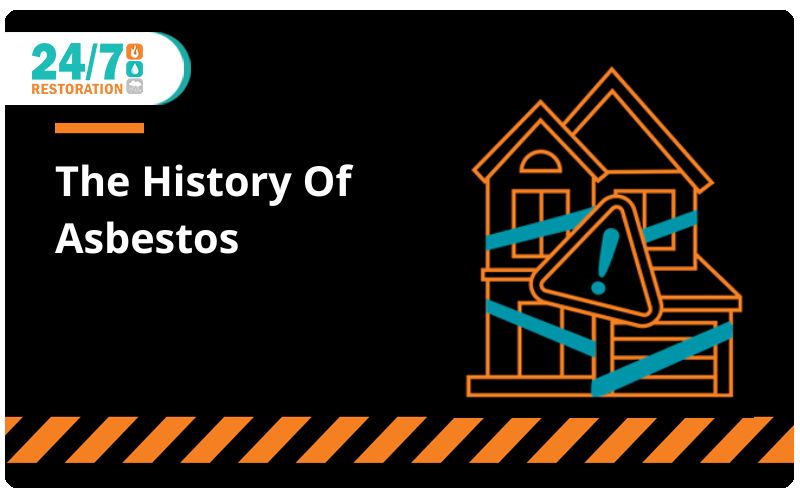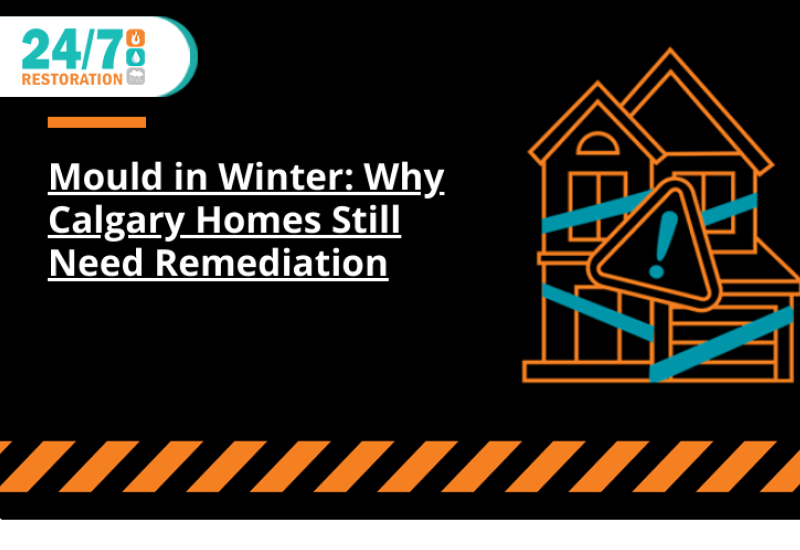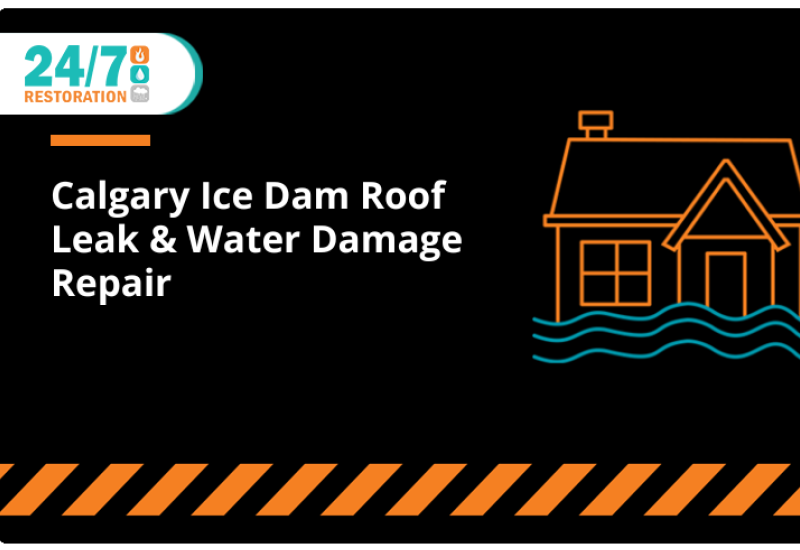Asbestos Through The Ages
Ancient Asbestos
Asbestos fibres have been used by humans for at least 5000 years. There is evidence that asbestos fibres were sometimes used as part of the embalming process in ancient Egypt to help preserve bodies. Ancient clay pots found in Finland dating back to 2,500 BC were found to contain asbestos fibres and the classical Greek historian Herodotus wrote of asbestos shrouds used on funeral pyres. Ancient Romans were believed to have used cloths woven out of asbestos as it was reported that these cloths could be thrown into a fire for cleaning and come out whiter than they went in. From surviving records, we see how the fire-resistant properties of asbestos fascinated humans, even while there were also reports of “sickness of the lungs” among those who worked with these fibres.
Asbestos Commercialization
Despite signs of danger, asbestos continued to be used throughout history. It made appearances largely in cremation cloths, lamp wicks, mats, and even clothes from ancient times. In the 1600s, asbestos was mined in Russia and was being used for common items. In Italy, banknotes were made of asbestos due to its fire-resistant properties and the Parisian Fire Brigade wore jackets and helmets of asbestos to keep them safe from flames.
The use of asbestos became even more widespread in the late 1800s with the rise of the industrial revolution. As asbestos became more common, so did the rates of lung disease and mesothelioma (a type of aggressive and deadly cancer that occurs in the organs), particularly among those who mined asbestos and manufactured items with it. Despite the health concerns, asbestos was resistant to chemicals, heat, water, and electricity and it was used for many new inventions. By the 19th century, Canada opened one of the first commercial asbestos mines in the world, with other countries soon following suit.
The Asbestos Popularity Boom
Although asbestos had always been popular, in the early 1900s the mining of asbestos was being mechanized (up until this point, all asbestos mining was manual, causing severe illness in asbestos miners). The use of asbestos applications became more widespread in the 40 years that followed, with asbestos being used throughout the home, in cars, cement, pipes, gaskets, and more. Production companies viewed asbestos as a cheap, durable, and highly resistant material despite the growing evidence of its danger. By 1935, the medical community had declared that breathing in asbestos dust caused life-threatening diseases, but asbestos was still frequently mined and used into the 1970s.
The Ban Of Asbestos
The heavy use of asbestos in Canada slowed in 1981 when a number of regulations were put in place to reduce the use of asbestos. Although homes were no longer being built with as much asbestos, many homes had already been constructed with this dangerous material, and some companies still used asbestos in ceilings until the 1990s. The last asbestos mine in Canada didn’t officially close until 2011, and a full ban on asbestos wasn’t put into place in Canada until as late as 2018.
Safely Remove Asbestos
It’s common knowledge now that asbestos is a dangerous material that needs to be handled carefully if discovered. Our world has gone from celebrating this fireproof material to treating it with caution and fear, which has saved countless lives. If your home was built before the 1980s, it may have asbestos in it. While this material is considered safe when undisturbed, if you want to renovate your home you should call a restoration company to check for asbestos. Although low levels of asbestos exposure are not likely to cause serious health complications, there is no safe amount of asbestos exposure. Asbestos remediation from experts with the training and equipment to properly handle asbestos can keep your home and family safe. For asbestos testing and remediation in Calgary, call 24/7 Restoration at 1-403-247-4365 or fill out the online contact form.
FAQ
Q: What are some asbestos dangers to humans?
A: Asbestos exposure can cause many health complications to those who inhale the fibres. Diseases and health concerns such as:
- Cancer, specifically mesothelioma
- Other cancers such as ovarian, lung, and laryngeal
- A chronic lung disease known as asbestosis
- Chronic Obstructive Pulmonary Disease
Q: How do I know if I have asbestos in my home?
A: Unfortunately, it’s hard to tell as asbestos can be mixed with other materials. To know for sure, you need professional asbestos testing.
Q: What exactly is asbestos?
A: Asbestos is a name for a group of minerals found naturally occurring in the environment that have been harvested and used to make consumer goods. The minerals are:
- Tremolite
- Actinolite
- Amosite
- Crocidolite
- Anthophyllite




